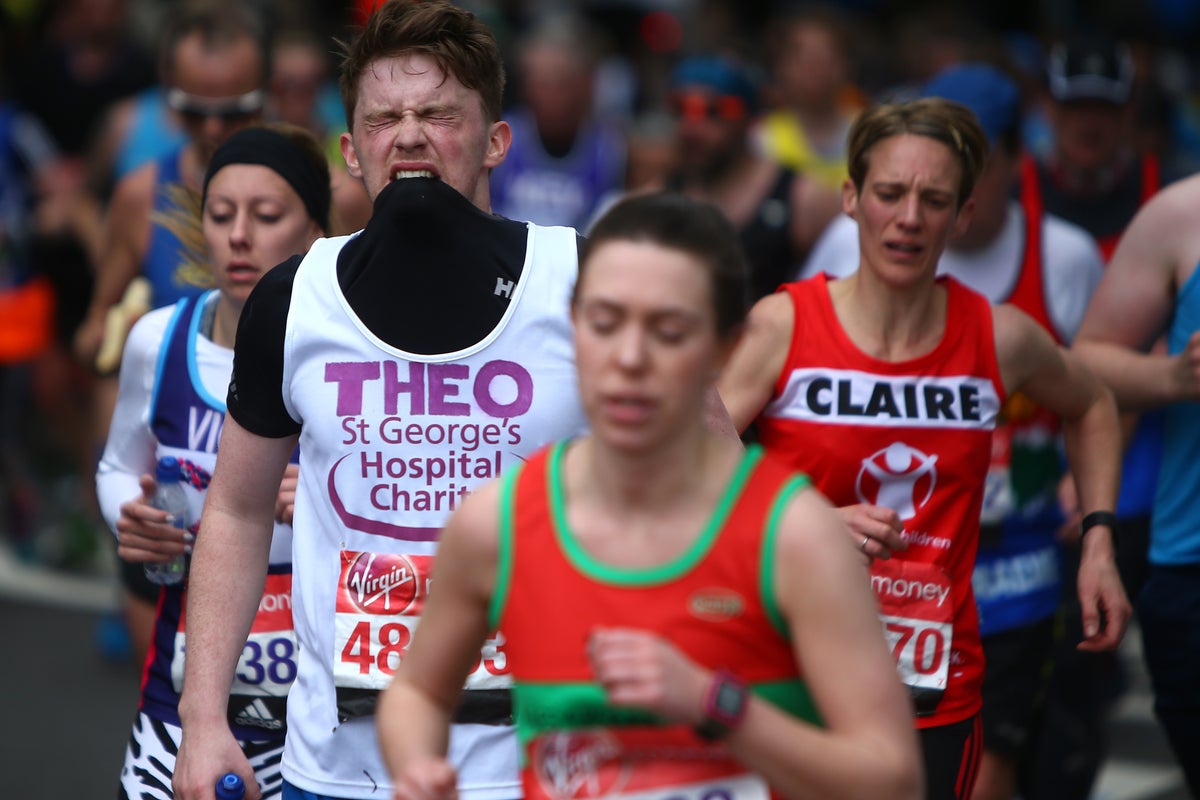
The 2025 TCS London Marathon is almost here with the 26.2-mile distance often feeling like a puzzle for runners to solve. While each training run can provide a different piece, most runners would be wise to consider how they will utilise fuel and hydration on the day, in order to fit the whole thing together.
Dream finishing times are often left agonisingly out of reach when runners neglect this crucial part of the equation, which makes it even more infuriating, given the amount of research and information available to help runners avoid hitting the dreaded wall.
I ran the London Marathon in 2021 and 2022, finishing both times in 3:04, before finally breaking that magic three-hour barrier at the 2024 London Marathon in 2:56. And it was there and at the Boston Marathon 2025 this week, running a new PB in 2:54, where I finally understood the importance of meticulously fuelling and hydrating throughout the race. In Boston, my sixth marathon overall, I finally managed to avoid cramping altogether.
Precision Fuel & Hydration came in and helped me build a drastically different approach last year. With experience working alongside elite endurance athletes in running and triathlon, their assistance has proved fascinating. So part of my faith in a sub-three-hour performance, even on a tough course like Boston, was relying on the science.
Precision can even provide runners with a sweat rate, which can vary by up to 10 times between individuals; from 200mg per litre of sweat, to as much as 2,000mg/l, with that rate largely genetically determined.
Fortunately, the test does not involve giving a blood sample, or any variation of the painful bleep test. It takes approximately 45 minutes with an electric current delivered to your arm via a strap, much like a watch, with drops of sweat, eventually filling up the space between your skin and a transparent disc. The liquid eventually turns blue before a reading on the monitor flashes up.
This number informed me exactly how much sodium I was losing in my sweat during exercise.
The conclusion from my test? I’m officially a “salty sweater,” which I’m told provides a series of tricky hurdles to negotiate over 26.2 miles, namely ensuring I do not allow my sodium or glycogen stores to dip drastically at any point.
By calculating that I lose 1,146mg of sodium per litre of sweat, I was aware of exactly what I need to consume on race day to avoid “bonking”: the point of reaching exhaustion due to the functional depletion of glycogen.
Armed with the science, runners can better supplement their marathons, with my numbers advising up to 75g of carbohydrates per hour (a high intake), 1,000mg of sodium per litre of sweat (high intake) and to drink 450ml of water per hour (moderate intake). Ultimately it advised me to consume an electrolyte capsules every 30 minutes and 2-2.5 PF 30 gels per hour, substantially more than I was consuming in my first four marathons, with the goal of seven to eight gels over the marathon.
In Boston I consumed one PF 30 Caffeine gel (with 100mg of caffeine) 15-20 minutes before the start, and then six more gels, every four miles (roughly 26 minutes, or just over two gels every hour), all PF 30 gels except a second PF 30 Caffeine gel at 12 miles, combining for 210g of carbohydrates from just before the marathon to its conclusion approximately three hours later. I added four more salt capsules every 30-40 minutes and consumed two gulps of water at almost every one of Boston’s 24 water stations from two miles into the race.
With a bit of practice, this method should allow runners to avoid one potential hurdle to achieving their potential on race day and enjoy the experience that much more.
Find out more about Precision Fuel & Hydration and the benefits of a sweat test here.
Source: independent.co.uk


